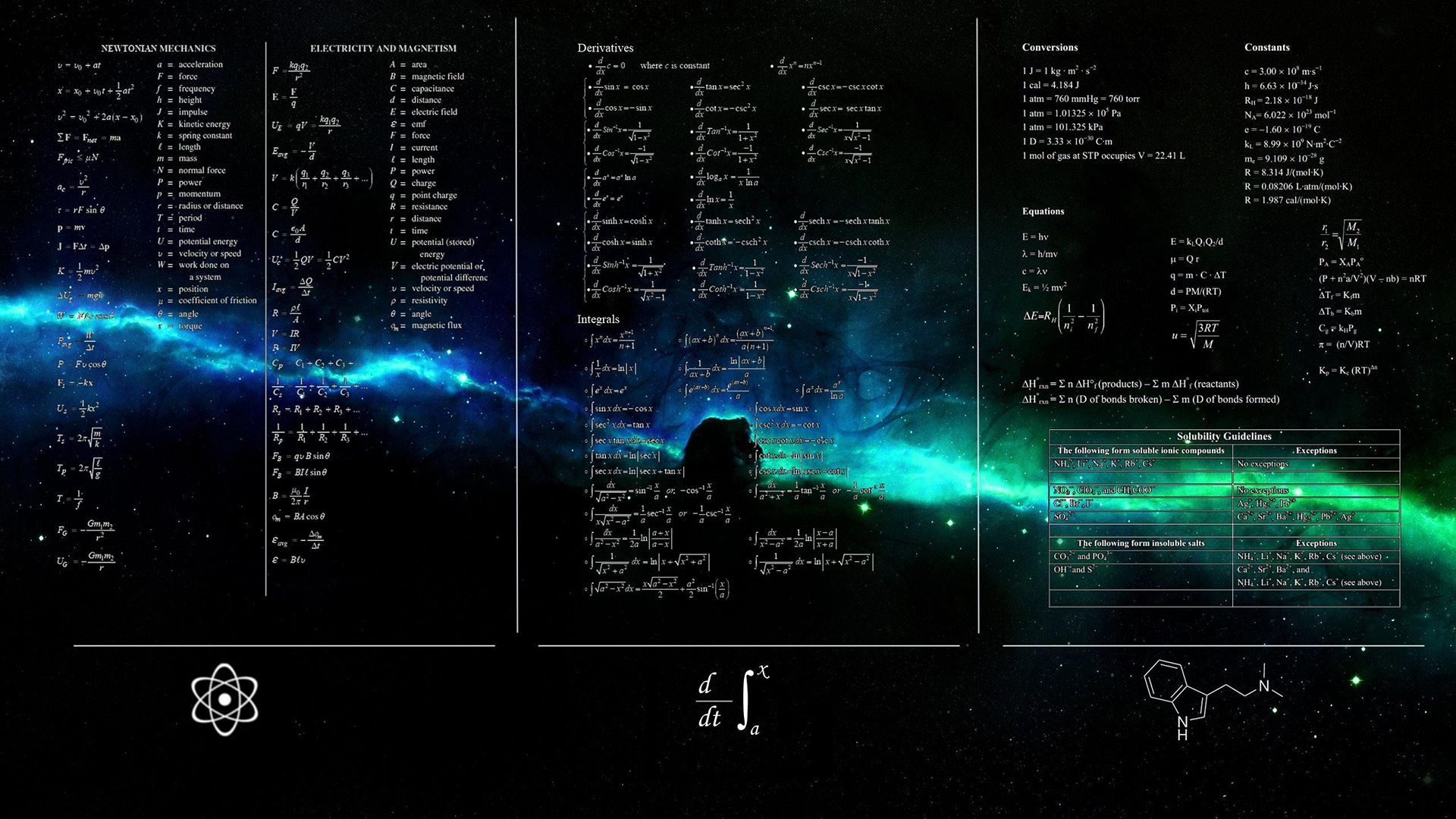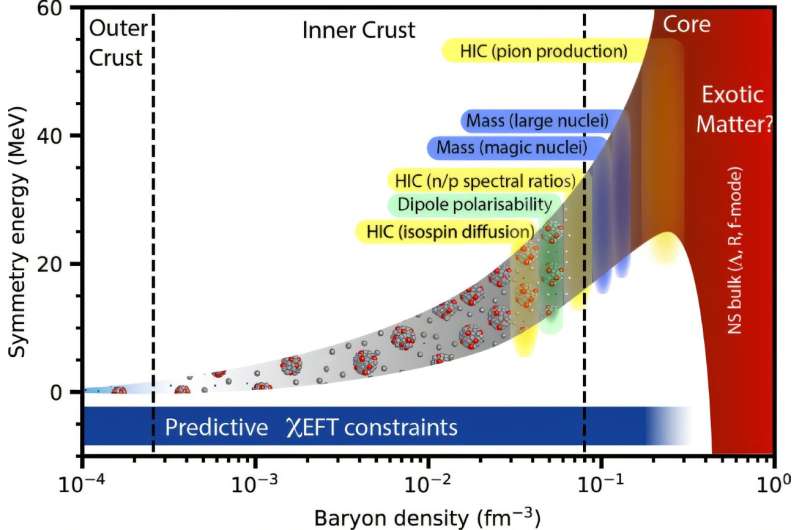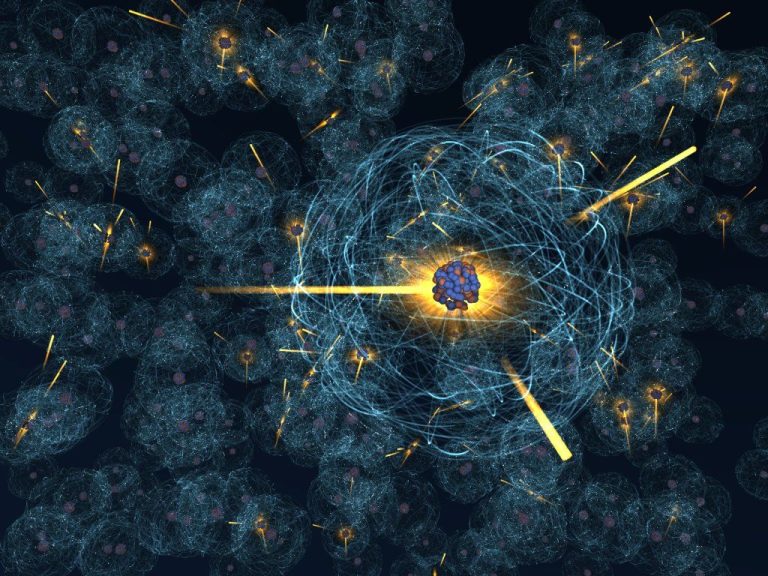Transforming Nuclear Physics Through the Study of Neutron Starquakes
The study of neutron starquakes, or “starquakes,” offers groundbreaking insights into the properties of neutron stars, which are the densest objects in the universe. This research bridges the gap between nuclear physics and astronomy, potentially revolutionizing our understanding of nuclear matter and its applications in health, security, and energy.
Summary
- Neutron stars are the collapsed remnants of massive stars, containing the densest matter in the universe.
- Starquakes are seismic activities in neutron stars, similar to earthquakes but on a stellar scale.
- Asteroseismology is the study of vibrations and flares in stars, providing insights into their internal structure.
- Chiral Effective Field Theory is a key framework for modeling nuclear matter in extreme conditions.
- Research led by the University of Bath suggests that asteroseismology can test and refine nuclear theories.
- Applications of this research include advancements in health (e.g., radiation therapy), national security (e.g., nuclear weapons maintenance), and energy (e.g., safer nuclear reactors).
- Existing telescopes can be repurposed for asteroseismology, making this research cost-effective.
- Future studies aim to use asteroseismology to explore matter at varying densities within neutron stars.

Introduction
Neutron stars are among the most fascinating objects in the universe. Born from the explosive deaths of massive stars, these remnants are incredibly dense, packing the mass of a star into a sphere roughly the size of a city. The extreme conditions within neutron stars make them ideal laboratories for studying nuclear matter under conditions that cannot be replicated on Earth.
Recent research led by the University of Bath has focused on a phenomenon known as starquakes—seismic activities within neutron stars. These starquakes, studied through a field called asteroseismology, provide valuable data about the internal structure and behavior of neutron stars. This research has the potential to transform our understanding of nuclear physics and its applications in various fields.
The Significance of Neutron Stars
Neutron stars are the remnants of massive stars that have exhausted their nuclear fuel and collapsed under their own gravity. This collapse results in an object so dense that a single teaspoon of neutron star material would weigh billions of tons on Earth.
The extreme density of neutron stars means that the matter within them exists in states that cannot be replicated in terrestrial laboratories. This makes neutron stars invaluable for testing theories about nuclear matter, such as Chiral Effective Field Theory, which seeks to explain the interactions between protons and neutrons in extreme conditions.
What Are Starquakes?
Starquakes are seismic events that occur on the surface of neutron stars, analogous to earthquakes on Earth. These quakes are caused by the immense gravitational forces and magnetic fields present in neutron stars. When the crust of a neutron star cracks or shifts, it releases energy in the form of vibrations and flares, which can be detected by telescopes on Earth.
Studying these starquakes through asteroseismology allows scientists to probe the internal structure of neutron stars. By analyzing the frequencies and patterns of these vibrations, researchers can infer details about the density, composition, and behavior of matter within the star.
Bridging Nuclear Physics and Astronomy
Traditionally, nuclear physics and astronomy have been separate fields of study. However, the research led by the University of Bath demonstrates how these disciplines can intersect. By using asteroseismology to study neutron stars, scientists can test and refine theories about nuclear matter that are difficult to explore through Earth-based experiments.

Applications of Neutron Star Research
The insights gained from studying neutron starquakes have far-reaching implications beyond astrophysics. Here are some key areas where this research could make a difference:
Health
- Radiation Therapy: Improved understanding of nuclear matter could lead to advancements in cancer treatment techniques, such as more precise radiation therapy.
- Diagnostic Imaging: Enhanced nuclear theories could improve the accuracy of medical imaging technologies like MRI and CT scans.
National Security
- Nuclear Weapons Maintenance: A deeper understanding of nuclear matter is crucial for ensuring the safety and security of nuclear weapons.
- Non-Proliferation Efforts: Insights from neutron star research could aid in the development of technologies to detect and prevent the spread of nuclear materials.
Energy
- Nuclear Reactors: Refined nuclear theories could lead to the development of safer and more efficient nuclear reactors.
- Alternative Energy Sources: This research may pave the way for new energy technologies based on nuclear fusion or other advanced processes.
Challenges in Studying Neutron Stars
Despite their importance, studying neutron stars is no easy task. These objects are incredibly far away, making it difficult to observe them in detail. Additionally, the extreme conditions within neutron stars mean that traditional methods of studying nuclear matter are often inadequate.
One of the key advantages of this approach is that it leverages existing telescopes, making it a cost-effective way to expand the tools of nuclear physics.
The research team at the University of Bath plans to continue exploring the potential of asteroseismology in neutron star research. Future studies aim to use this technique to map the properties of matter at different densities within neutron stars, providing even more detailed insights into the nature of nuclear matter.
Tables
Table 1: Key Properties of Neutron Stars
| Property | Description |
|---|---|
| Diameter | Approximately 20 km |
| Mass | 1.4 to 2.1 times the mass of the Sun |
| Density | 1 billion tons per teaspoon |
| Magnetic Field | Up to 10^15 times stronger than Earth’s magnetic field |
| Temperature | Around 600,000 degrees Celsius at the surface |
Table 2: Applications of Neutron Star Research
| Field | Potential Impact |
|---|---|
| Health | Improved radiation therapy and diagnostic imaging |
| National Security | Safer nuclear weapons maintenance and non-proliferation efforts |
| Energy | Development of safer nuclear reactors and alternative energy sources |
Fun Facts
- Neutron stars spin incredibly fast, with some completing hundreds of rotations per second.
- The gravitational pull on a neutron star is so strong that it can bend light around it, a phenomenon known as gravitational lensing.
- A neutron star’s magnetic field is powerful enough to strip the electrons from atoms in its vicinity.

